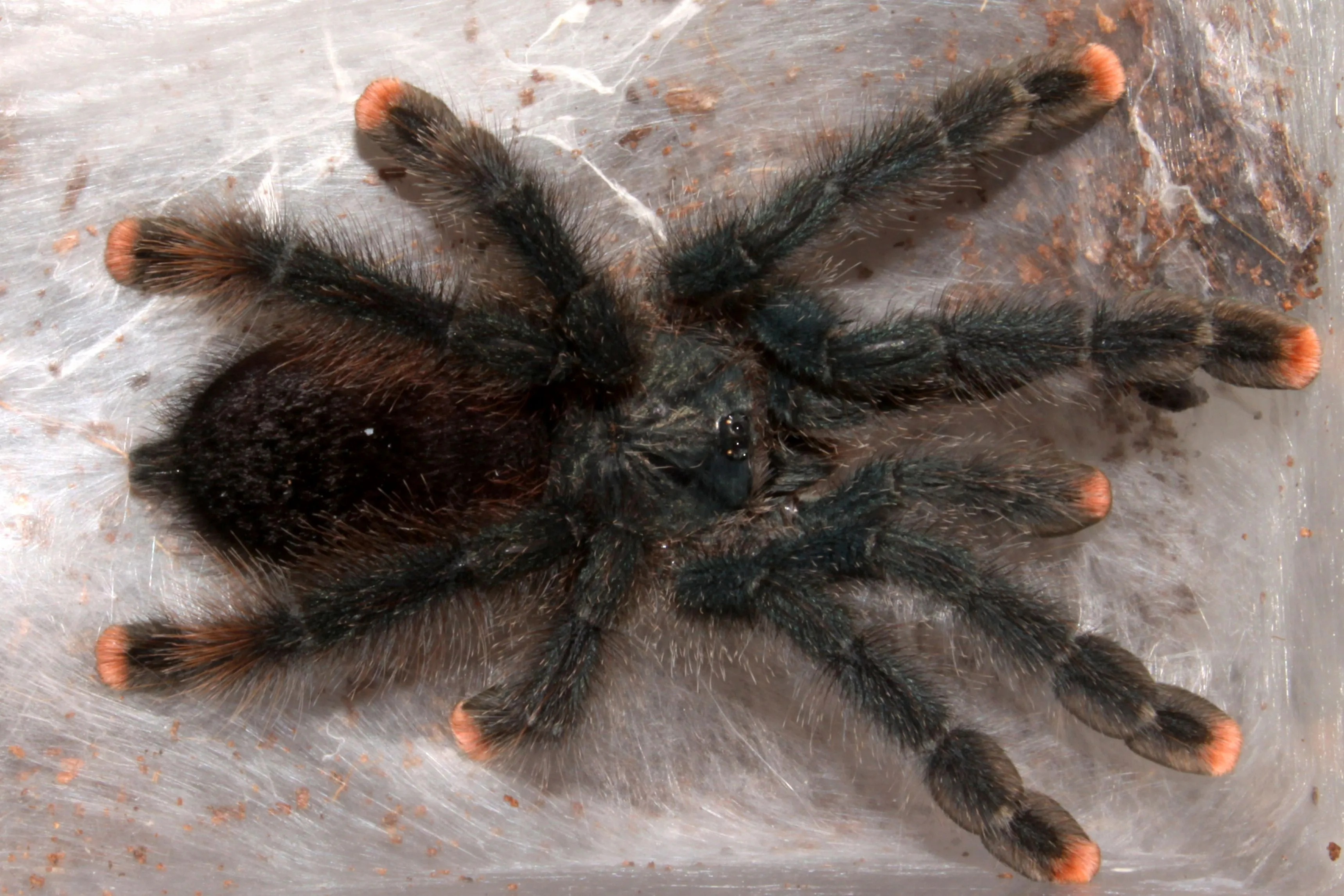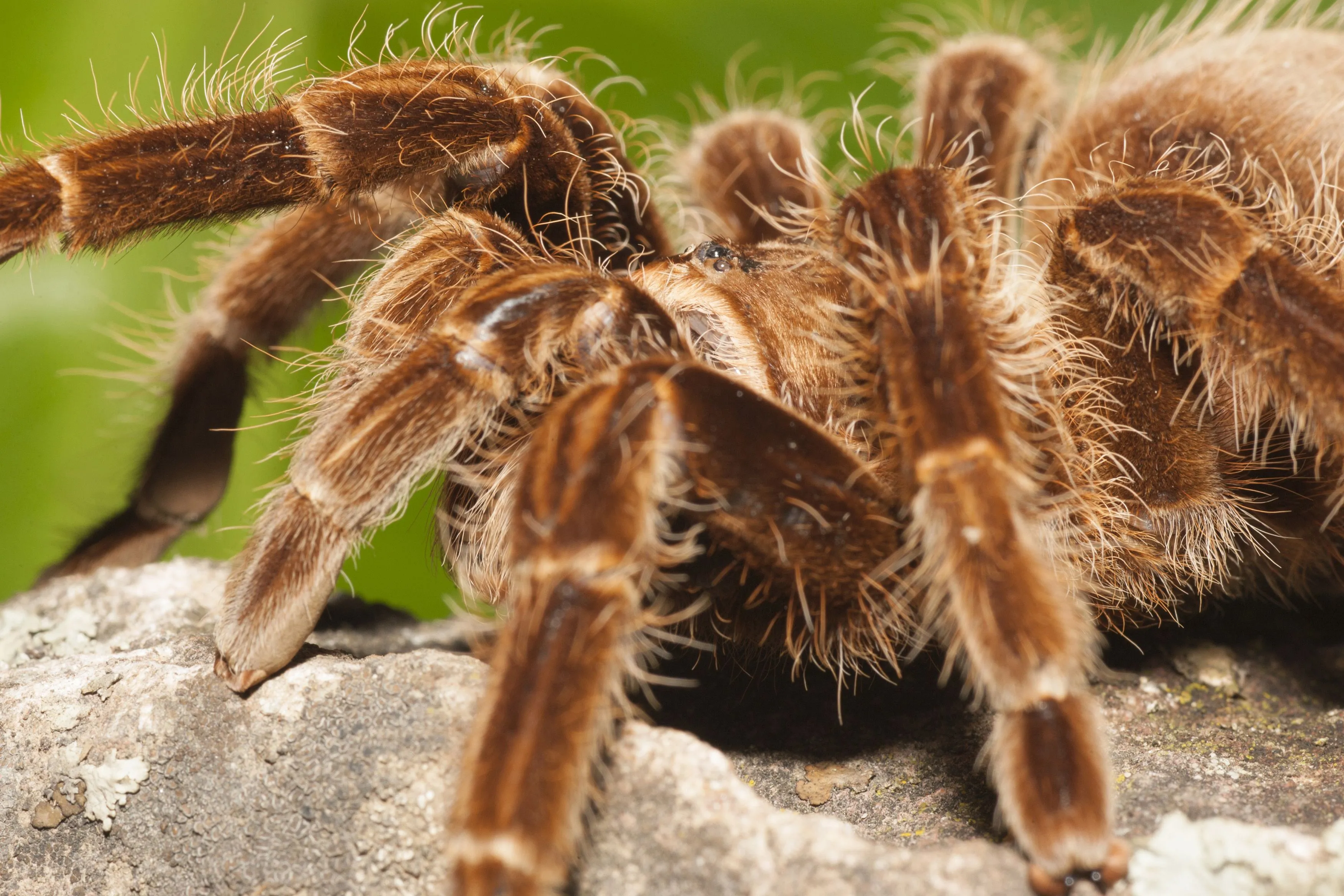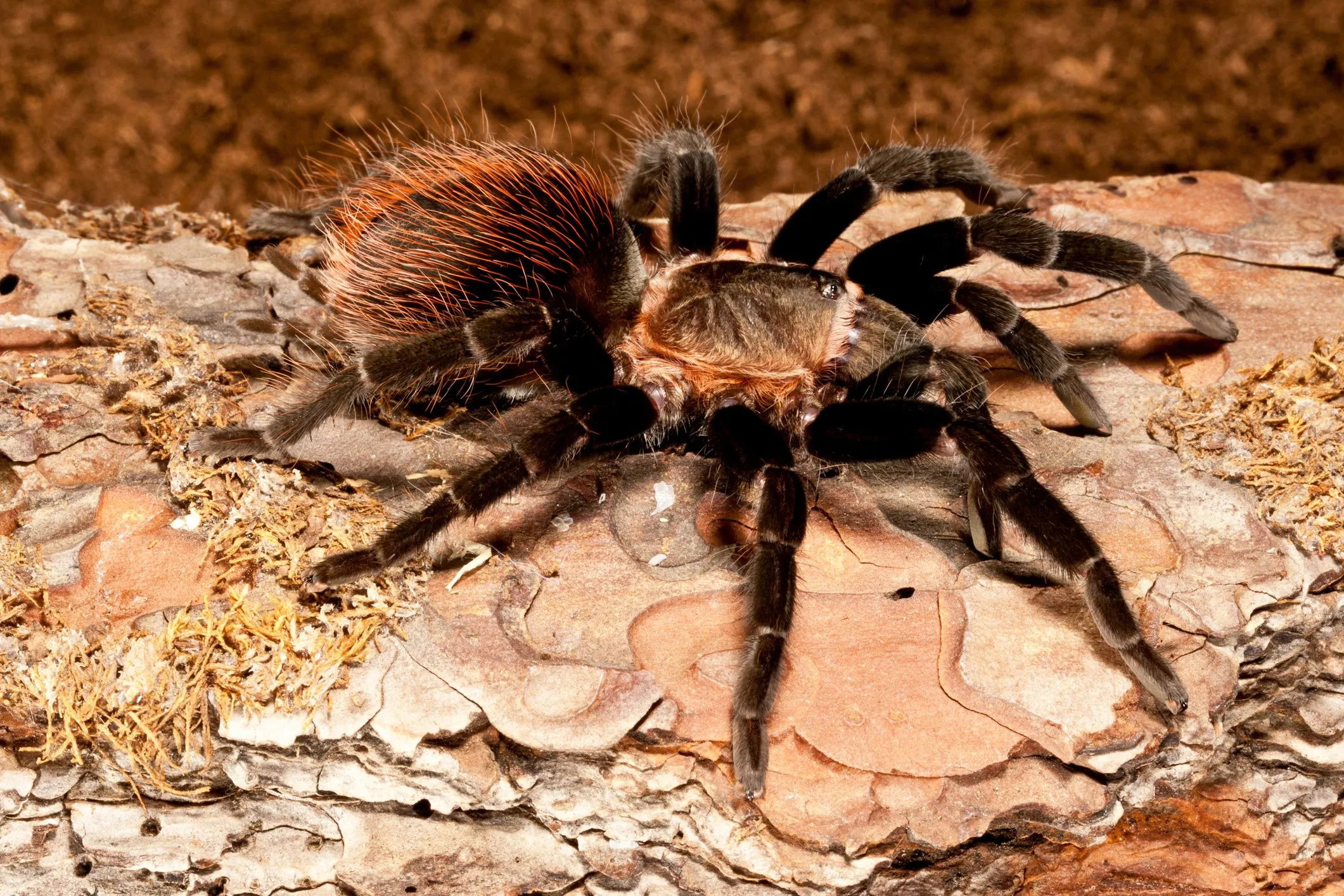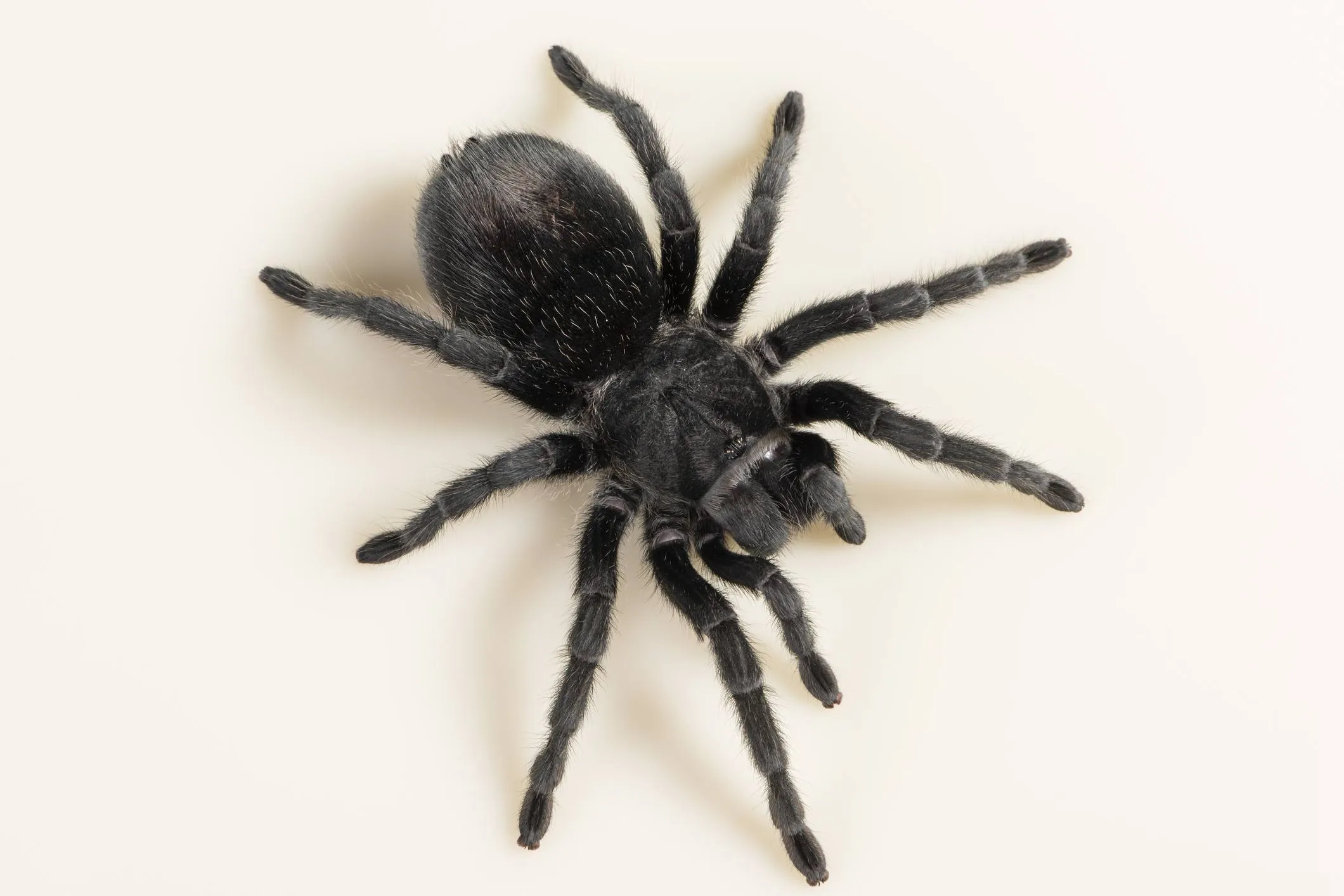What Makes a Good Pet Tarantula
Choosing a tarantula as a pet is an exciting venture, offering a unique opportunity to observe and learn about these fascinating creatures. However, not all tarantulas are created equal when it comes to their suitability as pets. Several factors should be considered to ensure both the well-being of the tarantula and the satisfaction of the owner. Temperament, size, care requirements, and lifespan all play crucial roles in determining which tarantula species is the best fit for you. Understanding these aspects will help you make an informed decision and provide the proper environment for your new eight-legged friend. This guide will help you navigate the process of selecting the ideal pet tarantula, providing insights into various species and their specific needs, making the journey into tarantula ownership a rewarding experience.
Temperament Considerations
Temperament is a critical factor when choosing a pet tarantula. Some species are known for their docile nature, while others are more defensive and prone to biting or flicking urticating hairs. It’s essential to research the typical behavior of a tarantula before acquiring it. Consider your experience level and your comfort level with different behaviors. Beginners often find it best to start with species known for their calmness, as they are less likely to cause alarm or pose a danger. Additionally, it’s important to note that individual tarantula personalities can vary, regardless of their species. Some may be more relaxed and easier to handle than others. Observing the tarantula’s behavior in the pet store can provide some clues, but it is not a guarantee of future behavior.
Docile Species

Docile species are generally considered the best choices for beginners. These tarantulas are less likely to bite or exhibit aggressive behaviors. They often prefer to retreat or remain still when approached, making them easier to handle and observe. Examples of docile tarantulas include the Chilean Rose Hair (Grammostola rosea), which is well-known for its gentle nature, and the Pinktoe tarantula (Avicularia avicularia), also typically calm. These species are less likely to flick hairs, minimizing the risk of skin irritation for the owner. When selecting a docile species, it’s important to familiarize yourself with their specific needs, such as their preferred habitat and dietary requirements, to ensure you provide them with the best possible care. Always handle any tarantula with care and respect to avoid any unnecessary stress or potential incidents. (Image: tarantula-docile-species.webp)
Defensive Species
Defensive species, on the other hand, may be more prone to biting, flicking urticating hairs, or exhibiting other defensive behaviors. While experienced keepers may be comfortable with these species, they are generally not recommended for beginners. Examples of defensive tarantulas include the King Baboon tarantula (Pelinobius muticus) and the Gooty Sapphire Ornamental (Poecilotheria metallica). These species may exhibit warning postures, such as raising their front legs or displaying fangs, before striking. While these species can be rewarding to keep, it requires more experience and knowledge about handling. Keepers must be aware of the potential risks and take appropriate safety precautions. For those who choose to keep defensive species, it’s essential to research their specific defensive mechanisms and practice responsible handling techniques. (Image: tarantula-defensive-species.webp)
Size and Handling
The size of a tarantula is another important consideration. Larger tarantulas, while impressive, often require larger enclosures and more space. Their bites, although rarely medically significant, can be more painful. Smaller species may be easier to manage and can be housed in smaller, more manageable enclosures. If you are interested in handling your tarantula, the size and temperament of the species are crucial factors to consider. Handling any tarantula should be approached with caution and done only when necessary, as it can be stressful for the spider. Always supervise children and avoid handling if you’re unsure or nervous. The best approach to handling a tarantula is to do so carefully and in a safe environment, such as close to the ground and on a soft surface, to minimize potential injuries.
Species with manageable sizes

Species with manageable sizes are ideal for those new to tarantula keeping. These tarantulas typically don’t grow excessively large, making them easier to accommodate in standard enclosures. They often have less demanding care requirements than larger species. Examples include the Mexican Red Knee (Brachypelma hamorii), which reaches a moderate size, and the Curly Hair tarantula (Tlitocatl albopilosus), known for its docile nature and manageable size. These species are also relatively easy to feed and maintain. When choosing a manageable-sized tarantula, consider the adult size of the species. This will help you determine the appropriate enclosure size and ensure you can provide it with a comfortable and safe habitat. Remember to account for future growth when selecting your tarantula’s housing.
Species with potential handling
Some tarantula species are more tolerant of handling than others, but handling is generally not recommended unless necessary. If you are interested in a tarantula that can potentially be handled, it is critical to choose a docile species and take safety precautions. Before attempting to handle any tarantula, research the species to understand its temperament and defensive behaviors. The Chilean Rose Hair tarantula is one species that is often more tolerant of handling. However, it’s essential to recognize that all tarantulas are individual and can have varying personalities. Always handle them close to the ground or on a soft surface. If the tarantula shows signs of stress, such as raising its legs or flicking hairs, immediately stop the handling and allow it to retreat to its enclosure. (Image: tarantula-handling.webp)
Care Requirements
Understanding the care requirements of a tarantula is essential for providing a suitable environment. Different species have varying needs regarding habitat setup, temperature, humidity, and diet. Proper care will ensure that your tarantula thrives and remains healthy. Researching the specific needs of your chosen species is crucial before acquiring it. This knowledge will help you set up the enclosure correctly, provide appropriate food and water, and maintain a stable environment. Neglecting care requirements can lead to stress, illness, or even death. Always be prepared to make necessary adjustments to the habitat and care routine. Keeping records of the temperature, humidity, feeding schedule, and any observations of the tarantula can also be beneficial. This practice will allow you to identify and address any potential problems quickly.
Habitat Setup

The habitat setup is one of the most important aspects of tarantula care. It should mimic the tarantula’s natural environment as closely as possible. The enclosure should be appropriately sized for the species. It should include adequate ventilation and be escape-proof. Substrate is crucial for providing a comfortable place for the tarantula to burrow or hide. It also helps maintain humidity. Temperature and humidity levels must be maintained within the species’ specific requirements. Decorations, such as hides and branches, provide enrichment and a sense of security. Regularly cleaning the enclosure and removing any uneaten food or waste is also important. By providing a suitable habitat, you can create an environment where your tarantula can thrive. (Image: tarantula-enclosure.webp)
Enclosure Size
The enclosure size should be appropriate for the size of your tarantula, allowing it to move and behave naturally. A good rule of thumb is to provide a space that is approximately three times the tarantula’s leg span in width and length. The height of the enclosure is also essential, particularly for arboreal species, which need vertical space to climb. Choose a clear enclosure made of glass or plastic, as it will allow you to observe your tarantula. The enclosure should have a secure lid to prevent escape. Always provide an enclosure that matches the tarantula’s growth stage. As your tarantula grows, you’ll need to upgrade its enclosure to accommodate its size. Avoid overcrowding, as it can lead to stress and aggression. Consider the type of tarantula. Terrestrial species generally require more floor space, while arboreal species need more vertical space.
Substrate and Furnishings
The substrate provides a comfortable base for your tarantula and helps maintain the correct humidity levels. The type of substrate depends on the tarantula species and its natural habitat. For most terrestrial species, a mixture of coco fiber and peat moss is a good choice, as it retains moisture and allows for burrowing. Arboreal species often benefit from a substrate with a layer of sphagnum moss. Provide a hide, such as a cork bark or a pre-made hide, to give the tarantula a place to retreat and feel secure. Add decorations like artificial plants or branches to provide enrichment and mimic the tarantula’s natural environment. Ensure that all furnishings are clean and non-toxic. Regularly check the substrate for mold or excess moisture, replacing it as needed to maintain a healthy environment. (Image: tarantula-cleaning.webp)
Feeding and Hydration

Feeding and hydration are essential for the health and well-being of your tarantula. Tarantulas eat insects, such as crickets, mealworms, and roaches. The size of the prey should be appropriate for the size of the tarantula. Avoid feeding your tarantula insects that are larger than the size of its abdomen. Provide a shallow dish of clean water at all times. The water should be replaced frequently to prevent contamination. The frequency of feeding depends on the species and the tarantula’s age. Young tarantulas typically need to be fed more often than adults. Monitor your tarantula’s feeding habits and adjust the feeding schedule accordingly. Remove any uneaten food within 24 hours to prevent mold growth and maintain a clean environment. (Image: tarantula-feeding.webp)
Dietary Needs
The diet of a tarantula primarily consists of insects, such as crickets, mealworms, and roaches. The size and type of insect depend on the size of the tarantula. Avoid feeding your tarantula wild-caught insects, as they may be carrying parasites or pesticides. Offer a variety of insects to ensure a balanced diet. Always dust the insects with a calcium and vitamin D3 supplement to support healthy growth and molting. The frequency of feeding varies depending on the tarantula’s age and metabolism. Spiderlings need to be fed more often than adult tarantulas. Monitor your tarantula’s eating habits and adjust the feeding schedule accordingly. If your tarantula refuses to eat, it might be preparing to molt. Do not feed your tarantula if it is in pre-molt, as it can cause stress.
Watering and Humidity
Tarantulas need a constant supply of fresh water to stay hydrated. Provide a shallow dish of clean water at all times. Replace the water frequently to prevent the growth of bacteria or algae. Maintaining the correct humidity levels is also crucial. The humidity requirements vary depending on the tarantula species. Some species prefer drier environments, while others need higher humidity. Use a hygrometer to monitor the humidity levels in the enclosure. Mist the enclosure regularly, using a spray bottle filled with clean water, to maintain the desired humidity. Make sure the enclosure has adequate ventilation to prevent the buildup of mold. The substrate choice also plays a role in maintaining humidity. Some substrates retain moisture better than others. The most important aspect of humidity is knowing the requirements for your specific species.
Lifespan and Maintenance

Understanding the lifespan of a tarantula is crucial for making a long-term commitment. Different species have vastly different lifespans, and this knowledge will impact your decision. Regular maintenance tasks, such as cleaning the enclosure and providing fresh food and water, are essential for maintaining a healthy environment for your tarantula. Be prepared to commit to these responsibilities. Additionally, it is vital to recognize and address any potential health issues, such as mites or fungal infections. Regular observation of your tarantula will help you catch any potential problems early. Lifespan, regular maintenance, and attention to health are essential considerations when choosing a pet tarantula. (Image: choosing-tarantula-pet.webp)
Lifespan Differences
The lifespan of a tarantula varies significantly depending on the species and sex. Female tarantulas typically live much longer than males. Some female tarantulas can live for over 20 years, while males often only live for a few years after reaching maturity. Consider this difference in lifespan when choosing a tarantula. Research the average lifespan of the species you are considering. This information will help you understand the long-term commitment involved. Smaller species tend to have shorter lifespans than larger species. The care provided also influences the lifespan of the tarantula. Proper nutrition, appropriate temperature, and a clean environment will help to extend their life. Preparing to care for a pet for a long time is a significant factor when selecting a species. Be prepared to care for your tarantula for its entire life.
Maintenance Tasks
Regular maintenance is crucial for keeping your tarantula healthy and its enclosure clean. This involves several routine tasks. Cleaning the enclosure involves removing uneaten food, waste, and shed exoskeletons. Spot-clean the enclosure as needed. Perform a full substrate change every few months, depending on the species and substrate type. Provide fresh food and water regularly. Monitor the temperature and humidity levels in the enclosure and make adjustments as needed. Inspect the tarantula for any signs of illness or injury. Check the enclosure for mold or pests and take action if necessary. These routine tasks are essential to providing a clean and healthy environment for your tarantula. Remember to research the maintenance requirements of your chosen species, to ensure you provide proper care.
Cleaning and Health Checks

Regular cleaning and health checks are vital for maintaining a healthy tarantula. Spot-clean the enclosure regularly, removing uneaten food and waste. Replace the water in the water dish daily. Perform a full enclosure cleaning every few months. During cleaning, completely remove the substrate and clean the enclosure with a reptile-safe cleaner. Check your tarantula regularly for signs of illness or injury. Watch for changes in behavior, such as loss of appetite, lethargy, or unusual posture. Examine the tarantula’s abdomen and legs for any signs of mites or other parasites. If you notice any signs of illness, consult with a veterinarian experienced with exotic animals. A proactive approach to cleaning and health checks helps ensure your tarantula thrives. (Image: tarantula-cleaning.webp)
Potential Health Issues
Tarantulas are generally hardy creatures, but they can be susceptible to certain health issues. Some common problems include mites, fungal infections, and injuries. Mites can infest tarantulas and their enclosures, causing irritation and potentially transmitting diseases. If you suspect mites, consult a veterinarian or research safe methods of treatment. Fungal infections can develop in enclosures with high humidity and poor ventilation. Ensure the enclosure is well-ventilated and remove any mold or damp substrate immediately. Injuries can occur due to falls or during handling. Always handle your tarantula with care and provide an enclosure that is safe. Early detection and prompt treatment are essential for addressing any health problems. Keep a watchful eye for any changes in your tarantula’s behavior or appearance. (Image: tarantula-handling.webp)
Conclusion
Choosing the best type of pet tarantula requires careful consideration of several factors. From temperament and size to care requirements and lifespan, each aspect plays a crucial role in determining the suitability of a species. By understanding these factors and researching the specific needs of different tarantulas, you can make an informed decision and create a thriving environment for your pet. Remember that responsible tarantula ownership involves ongoing commitment. This includes providing proper care, monitoring the health of your pet, and making any adjustments necessary to ensure its well-being. With proper research and dedication, owning a tarantula can be an incredibly rewarding experience, offering a unique glimpse into the fascinating world of arachnids. The key is to choose a species that matches your lifestyle and experience level and to be prepared to provide a healthy and stimulating environment for your new eight-legged companion.
